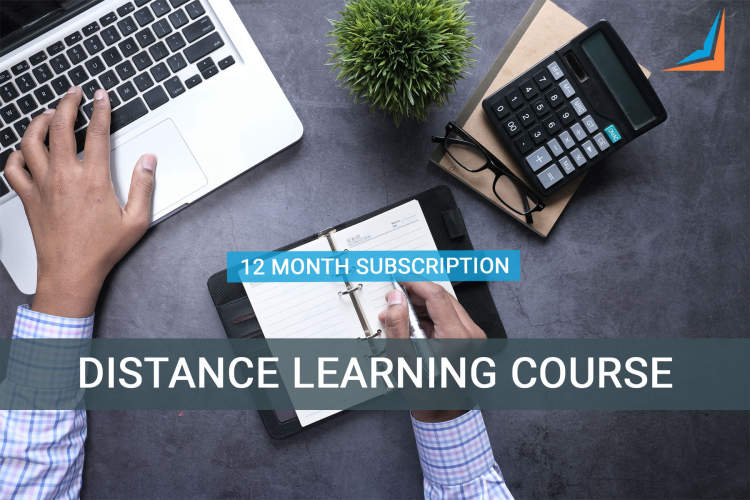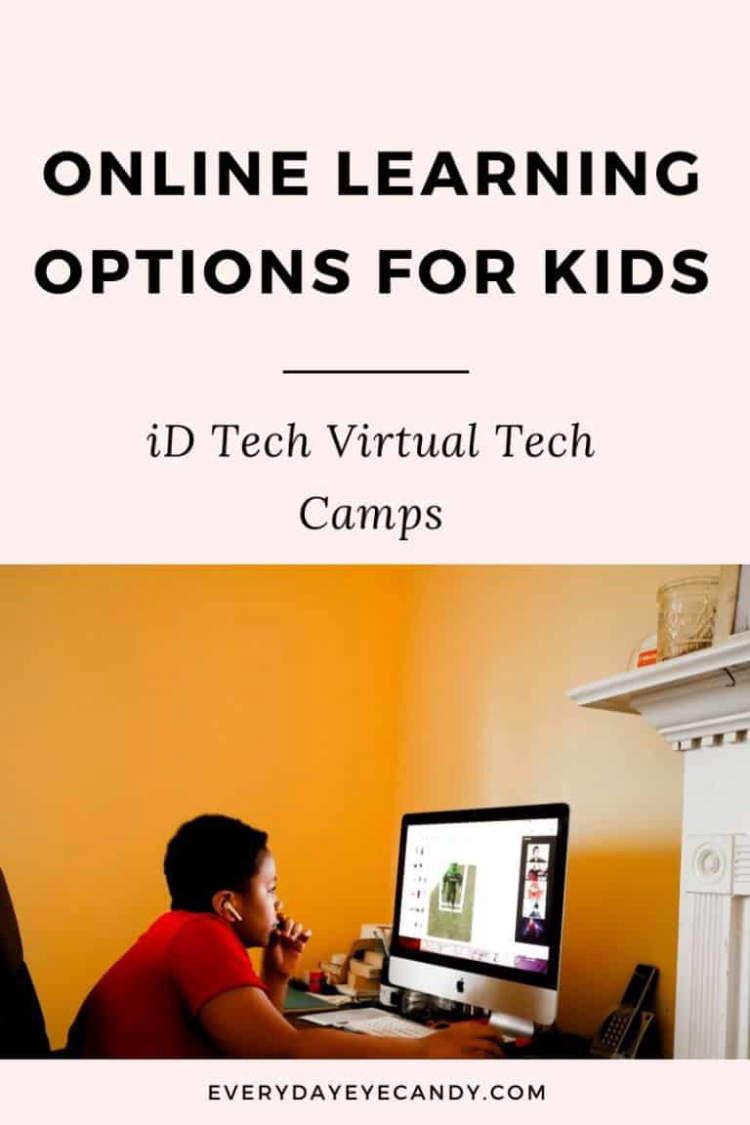Are you looking to improve your educational qualifications? Are you considering taking courses online but not sure where to start? The US has a wide range of online learning options available to everyone, no matter your degree level or desired area of study. In this article, we will explore the different online learning opportunities available to US residents from top universities and colleges.
From accredited universities to community colleges, it is now easier – and more accessible – to gain a qualification than ever before. Technological advancements mean that US-based online courses are constantly evolving and becoming increasingly readily available, making online learning the perfect option for students seeking a more flexible study environment and schedule.
Overview of Online Learning Options in the US
With technology advancing at a rapid rate, online learning has become increasingly accessible in the US, providing students with a more flexible and convenient option to gain knowledge. Popular options include traditional university online courses, massive open online courses (MOOCs) and coding bootcamps. This article will explore further the various online learning options available to students in the US.
Traditional University Online Courses
Many colleges and universities in the US offer online courses for their students. These courses are delivered through online learning platforms, allowing students to access course materials, lectures, or tutorials from the comfort of their homes. Online courses also provide flexibility with students allowed to set their own schedules and study at their own pace. Furthermore, these courses typically provide credits that can be applied for degree programs as well.
MOOCs
Massive Open Online Courses (MOOCs) are free online courses offered by universities and are usually open to anyone in the world. The courses provide students with the same educational materials as traditional courses and provide an opportunity for learners to interact with other students online. Although course materials are free, MOOCs do not usually offer credit or certification for completion.
Coding Bootcamps
Coding bootcamps are often short-term intensive training programs that provide students with the skills necessary to become fluent in coding. Bootcamps typically last anywhere from a few days to a few months and can be found both offline and online. Through bootcamps, students gain hands-on experience with the most up-to-date technologies, and they are usually provided with job assistance as well.
With the rise of technology, online learning has become an increasingly popular option for students in the US. Whether it be traditional university online courses, MOOCs, or coding bootcamps, there is a myriad of options available to gain new knowledge and skills.
Distance Learning Courses Available in the US

Distance learning courses are an increasingly popular option for those who want to further their education without attending a physical classroom. In the US, various higher education institutions offer a range of distance learning courses across a range of disciplines, such as business, engineering, health sciences, and more.
There are numerous ways you can pursue distance learning in the US, whether it be through a university or accredited culinary school, for example. As a result, it’s important to research your options to determine what type of experience or expertise you’re seeking from an online program.
Here are some of the distance learning courses available in the US:
- Medieval Studies
- Computer Science
- Accounting
- Finance
- Psychology
- Healthcare Administration
- Teaching English as a Second Language
- Business Administration
- Art History
- Environmental Studies
These are just a few of the possibilities for taking distance learning courses in the US. Many universities also offer continuing education options for those interested in furthering their education in a particular subject area. There are also numerous options for courses focused on specific fields, such as marketing, graphic design, music production, and coding.
Whether you’re an individual looking to pursue a higher education, or a working professional looking to stay ahead of the curve, distance learning courses are a convenient and cost-effective way to acquire the knowledge and skills you need.
Advantages and Drawbacks of Taking Online Courses
In this modern era, educational institutions have been offering more options for students to study via online. As technology develops, it is becoming easier for more students to learn remotely. In the US, students now have the option to take online classes from universities or other educational providers. This article will explore the advantages and drawbacks of taking online courses in the US.
Advantages of Taking Online Courses
Online courses offer numerous benefits for students in the US. Here are some of the main advantages of taking online courses:
- Convenience: Online courses allow students to study wherever and whenever they want, as long as they have access to the internet.
- Flexibility: Students are able to structure their studies in a way that fits their individual needs and lifestyles.
- Cost Savings: Online courses are typically more affordable than traditional courses.
- Educational Resources: Online courses offer a variety of educational resources (text books, videos, webinars, etc) that can be easily accessed.
Drawbacks of Taking Online Courses
As with other forms of learning, there are also some drawbacks to taking online courses. Here are some of the main drawbacks to keep in mind:
- Technology Challenges: Online courses require students to have access to technology and may have some technical glitches or other problems that can be difficult to manage.
- Less Interaction: Students may not feel as connected to instructors and other students as they would in a traditional classroom setting.
- Organizational Challenges: Online courses require strong organizational and time management skills in order to stay on track with coursework and assignments.
- Lack of Mental Stimulation: Studying online can be less stimulating than face-to-face learning, and can therefore lead to boredom or lack of motivation.
Conclusion
From vocational school to four-year university programs, there are numerous options for online learning in the US. It’s worth exploring the multitude of online learning options to find the right fit for your educational goals. In addition to the convenience and flexibility associated with online learning, many programs are also self-paced and cost effective.
Before committing to a program, make sure to read through any available reviews, ask questions and talk to an admissions representative to ensure you’re making the best choice for your individual education goals and financial situation. With proper research and dedication, you can find the perfect online learning option that suits your needs.




